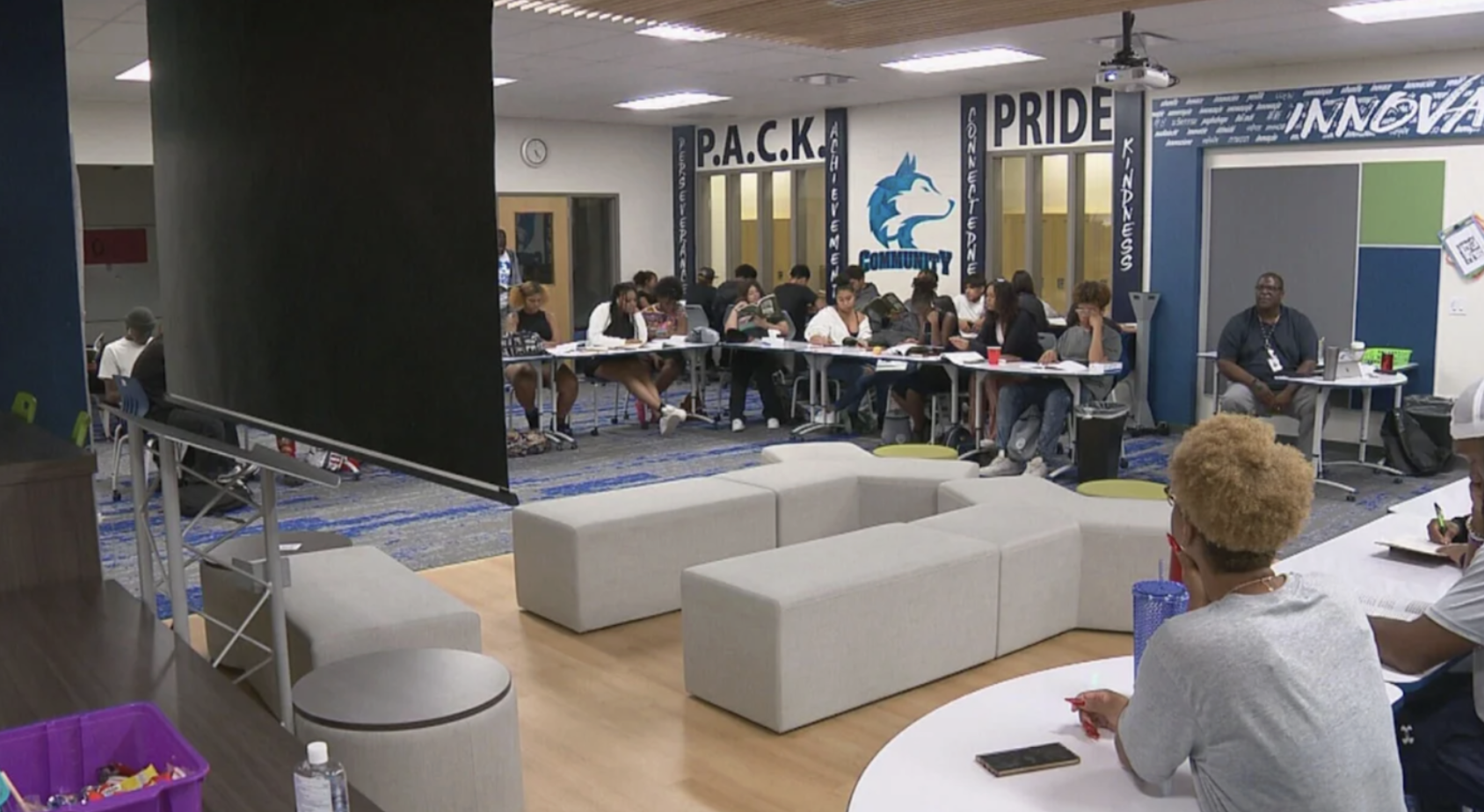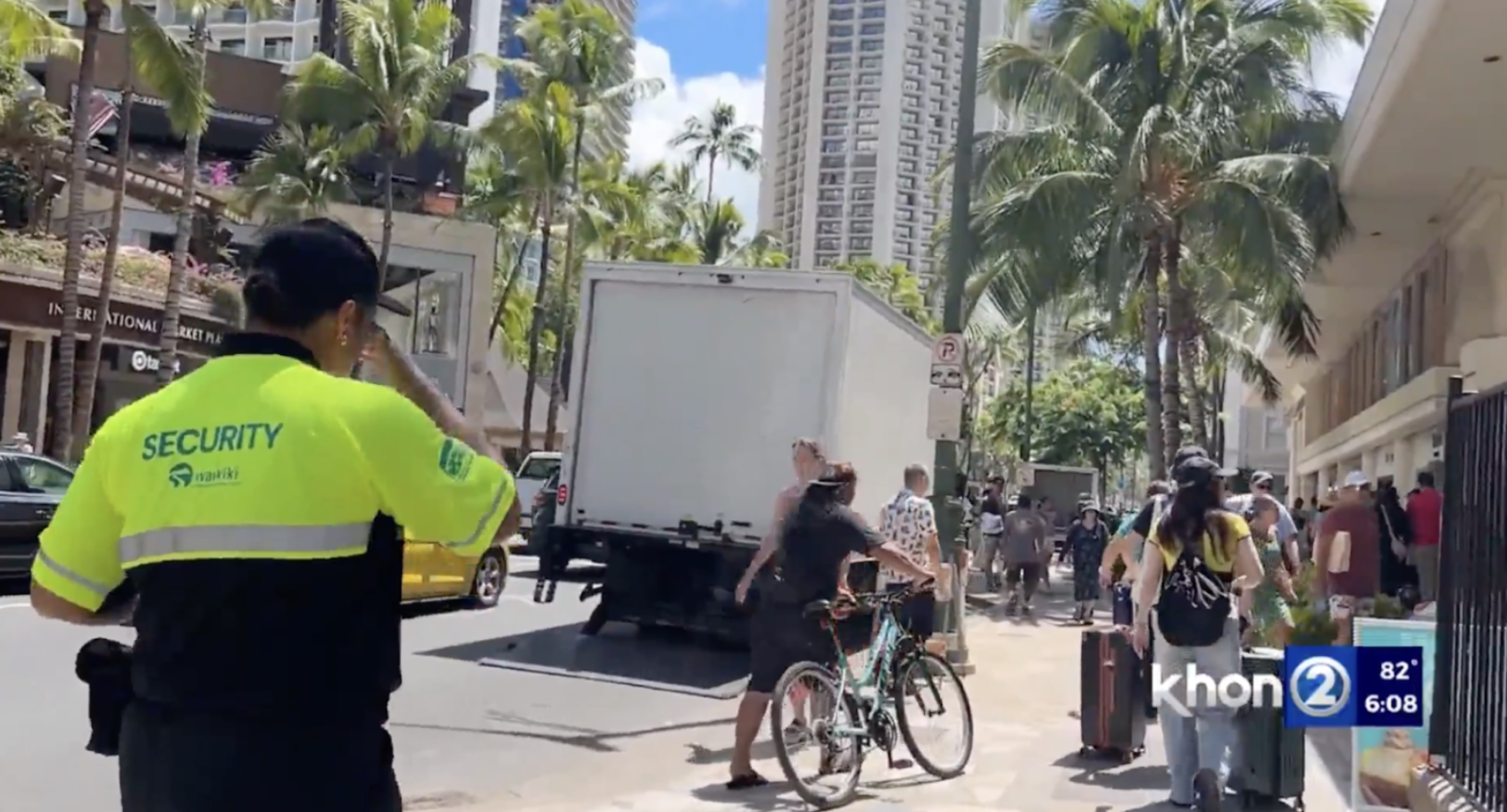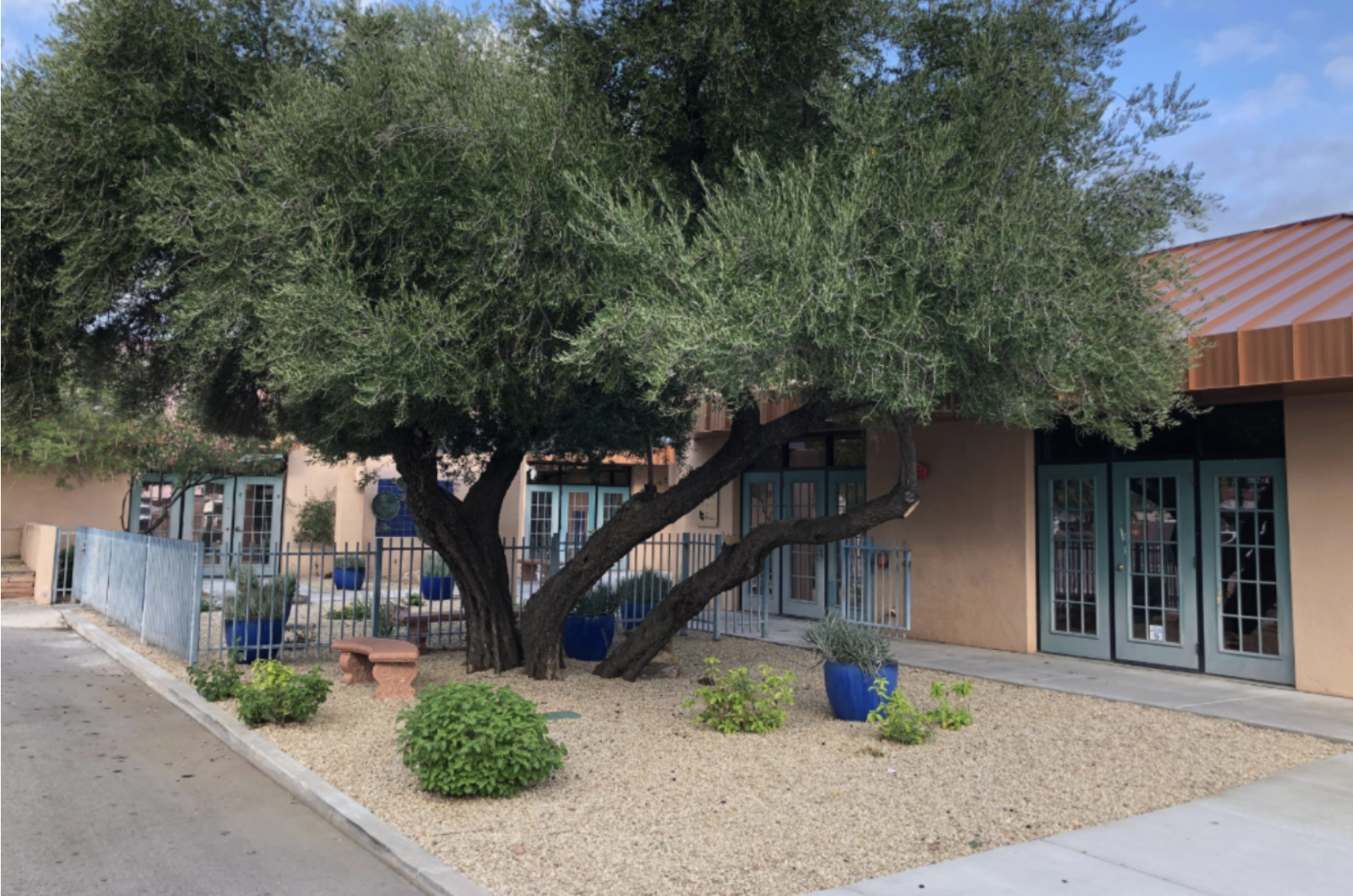Three Things To Read This Week
1. School-Based Violence Intervention Programs Reducing Violence By “Helping Students Stay In School, Graduate, And Plan For What Comes Next.”
Albuquerque’s “Youth Violence Prevention Program Expands.” For KRQE, Micaela DePauli reports on the expansion of the city’s School-Based Violence Intervention program to a fourth high school in the city, Del Norte High, to “prevent youth violence by reaching students before they [engage in violence].” The program “identifies students who may be struggling with disciplinary issues, have involvement with the juvenile justice system, or show signs of being on a path toward dropping out or engaging in violence” and… pairs students with trained interventionists who offer daily one-on-one mentorship, life skills coaching, and counseling [that is] … built directly into their school schedules.” The program also keeps the support going outside of school, “engaging families directly… interventionists work with students’ parents or guardians to assess needs outside of school and connect them with resources and services that offer a more stable home life.”
Run by Albuquerque’s Community Safety Department, the School-Based Violence Intervention Program “is already active at three other Albuquerque Public Schools … and early results show promise” city leaders said in announcing the expansion. Students involved in the program in other schools “have demonstrated improved academic performance, fewer suspensions and disciplinary offenses, and high graduation rates.”
Related: The Albuquerque Community Safety Department—which houses the city’s civilian responder teams and what local leaders call a “third branch of public safety,” co-equal with the police department and fire department—is celebrating its fourth year of service to the city. To date, ACS “has responded to more than 120,000 calls for service,” and opened its own headquarters. ACS has also expanded to a multi-precinct model, similar to how fire and police departments divide a city into divisions, for a faster and more tailored response, and has become a national model for other cities and counties launching these departments. Mayor Tim Keller, a champion of the division, said: “ACS has fundamentally reshaped public safety in Albuquerque. By sending the right responders to the right calls, we’ve eased pressure on police and fire while providing real help to people in crisis. ACS is now a national model, and it started right here in our community.”In Michigan, “Gun Violence Prevention Program … That's Already Showing Results In Reducing Violence… Extends In Muskegon County Schools.” For MichiganLive, Kayla Tucker reports on the SafER Teens “evidence-based intervention program” pilot that is “seeing success… preventing youth gun violence,” after a year in operation, prompting city leaders to extend the mentoring program for another year in Muskegon County schools. The program is a partnership with the University of Michigan and Michigan Youth Violence Prevention—here’s how it works: City leaders identified the “schools with the highest truancy rates” and then set up those schools with a health worker team and programming. Then, “health workers are assigned to a school district where they meet individually with students… Students are prioritized based on truancy and behavior - if they have been missing a lot of school, have recently been in a fight or have shown signs of physical aggression, for example.” Then, over the course of the year, “students meet privately with the health worker, giving them the ‘opportunity to be as honest as they're willing to be… [and are reminded that] everything is confidential’ unless there is a threat that the student will harm themself or others.”
In Colorado, Aurora School Districts Addressing Youth Violence With Leadership Program.” For CBS News, Michael Abeyta reports on Aurora’s school-based violence intervention program “for students who are susceptible to falling into youth violence and showing them that there is another path that isn't the streets” expanding to Cherry Creek School District schools and Aurora Public Schools. At-risk students “start by gathering in the summer to learn to set goals and think of ways to create a safer school community.” Then, the students have regular check-ins with a mentor who helps the student to stay on track with academics, school attendance, as well as helping to de-escalate violence before it explodes.
Joseph Cooks, a local high school student who has been part of the program since he was in the 8th grade, explained to the news station that the program changed his life: “I was going through a lot of trouble… I had been suspended like eight times, I felt like I was bigger than my parents… at the top of the world… [but] I really needed just some bigger role models to show me that I could strive for more… if [my mentors in the program] weren't here, I don't know where I would be in high school.” Joseph is now a graduating senior and participating in the “aspiring teacher program because [he] wants to lift up the next generation” of young people.
2. Momentum For Safety Ambassadors Around The Country.
Waikiki Safety Ambassador Team “Amp Up Security [And] De-escalate Situations, Actually Reduce The Amount Of Calls To The Police Department.” For KHON, Nathan Shinagawa reports on the new safety ambassador team patrolling downtown Waikiki, that local leaders are saying has already “been a success.” The team launched earlier this year and are already providing a “24/7 security presence, decked in neon green outfits, body cams, and trained in advanced first aid, de-escalation, and handling mental health issues.” The team patrol the streets “of the Waikiki strip, with responsibilities such as checking in with store owners, directing guests, cleaning up loose trash, enforcing rules, and ready to assist in emergency situations if need be.” Dave Willard, the Vice President of Waikiki’s downtown business district, explained that the team has made a real difference for residents and visitors and has helped to free up police so they can focus on serious crime: “They’re able to de-escalate situations and actually reduce the amount of calls that normally go to the police department. The team is able to respond to these often before it even escalates into something that would disrupt and end up in a police call.”
In Georgia, Decatur “Renews Downtown Ambassador Program… To Address Safety, Cleanliness, And Visitor Services.” For Decaturish, Zoe Seiler reports on city leaders voting to extend the downtown safety ambassador program following an effective first year in operation. The team is separated into two core functions—maintaining public safety and maintaining public cleanliness and order. Safety ambassadors patrol the streets performing “walking and bicycle patrols” to be eyes on the ground for residents, visitors and business owners in the region, and homeless outreach, connecting them to services and programs, as well as “after-hours escorts” for people returning to their cars, homes, or hotels. The ambassadors, who focus on keeping things clean and orderly, perform “litter and debris removal, “clean sidewalks and tree wells, [and engage in] graffiti removal.”
In Ohio, Cleveland Officials Expand Safety Ambassador Program “To Strengthen The City’s Business District.” For WKYC, Dave DeNatale reports on the expansion of the city’s uniformed ambassadors, who “provide safety patrols, cleaning services and assistance to visitors,” giving them a fuller presence downtown to increase safety and cleanliness. Mayor Justin Bibb, a champion of the ambassador team, explained to the news station that “Cleveland is at its best when our downtown is thriving, and this reauthorization of the improvement district will only accelerate that progress… [making a] downtown that’s more welcoming, more vibrant and a place where people and businesses want to invest their time and money.”
3. Cities Opening Trauma Recovery Centers To Support Victims Of Violent Crime.
Tucson Opens “First Of Its Kind” Trauma Recovery Center In Southern Arizona. For AZPM, Hannah Cree reports on the opening of the new trauma recovery center in Tucson that provides treatment “resources, counseling, and psychiatry to adults experiencing post traumatic stress after experiencing a violent crime.” The expert staff treats people “who have experienced a wide variety of violent crimes, notably gun violence, physical and sexual assault, and human trafficking in the past three years, plus any survivors of homicides” and, beyond mental health care, also provides victims with “case management services and facilitating access to basic needs, including housing.”
New Mexico Opens First Trauma Recovery Center In The State. For KOAT, Hamilton Kahn reports on the historic launch of New Mexico’s first-ever Trauma Recovery Center that offers “a holistic approach to helping and healing survivors [of violence]” and functions as “a centralized hub for individuals and families impacted by violence, trauma, [and] substance use.” The facility provides “evidence-based mental health support, and comprehensive case management, offering services such as peer support, trauma-informed therapy, care coordination, and educational workshops.”



